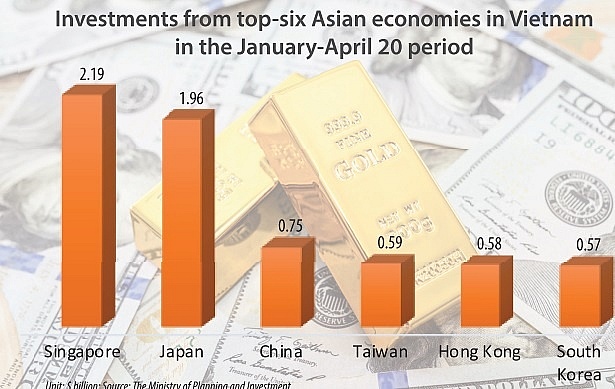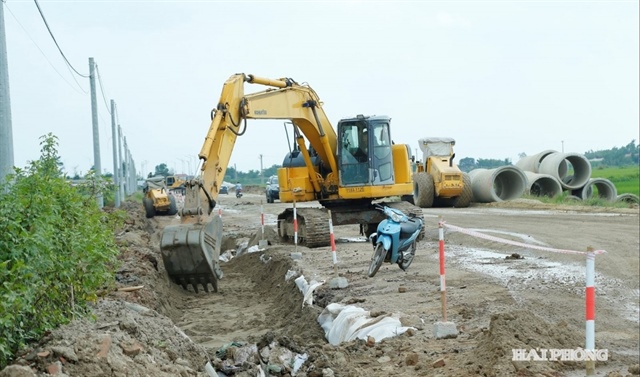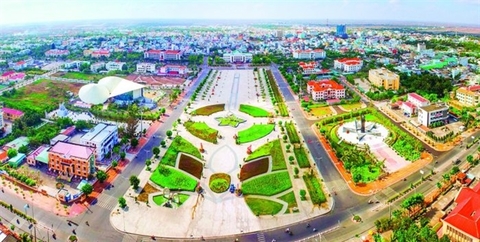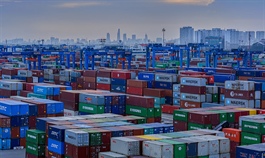Vietnam remains growth leader despite 2020 GDP dip
Vietnam remains growth leader despite 2020 GDP dip
Vietnam achieved a gross domestic product (GDP) growth of 2.91 percent in 2020, the lowest in a decade due to the Covid-19 pandemic, but it remained one of the fastest-growing economies in the world.
|
Nguyen Thi Huong, director-general of the General Statistics Office of Vietnam, said Vietnam’s growth rate being among the highest in the world is clear proof of government determination as well as efforts by people and the business community to effectively realize the dual task of pandemic prevention and economic recovery.
The agro-forestry-fishery sector grew 2.68 percent, contributing 13.5 percent to the national GDP, while the industry and construction sector grew 3.98 percent, contributing 53 percent to the domestic economy. The service sector posted 2.34-percent growth, contributing 33.5 percent to the economy.
The manufacturing and processing sector played a key role in economic growth with an increase of 5.82 percent, while electricity production and distribution grew by 3.92 percent.
Vietnam achieved record trade results in 2020 despite the pandemic challenges, with total trade revenue reaching an estimated US$543.9 billion, a year-on-year increase of 5.1 percent. Of the total, exports hit US$281.5 billion and imports stood at US$262.4 billion, an increase of 6.5 percent and 3.6 percent compared to a year ago, respectively. As a result, Vietnam’s trade surplus reached an estimated US$19.1 billion, the highest since 2016.
Labor productivity reached an estimated VND117.9 million per worker, equivalent to US$5,081, up US$290 compared to a year ago. The rate of public investment disbursement accelerated in 2020, while the rate of investment capital from the state budget reached the highest since 2011.
Vietnam may face difficulties and challenges due to the economy’s increasing openness. According to the General Statistics Office of Vietnam, the country should focus on overcoming difficulties for businesses in their trade and production activities, promoting economic recovery, strengthening administrative reforms and supporting businesses in seeking alternative sources of supply to avoid supply chain disruptions.

























